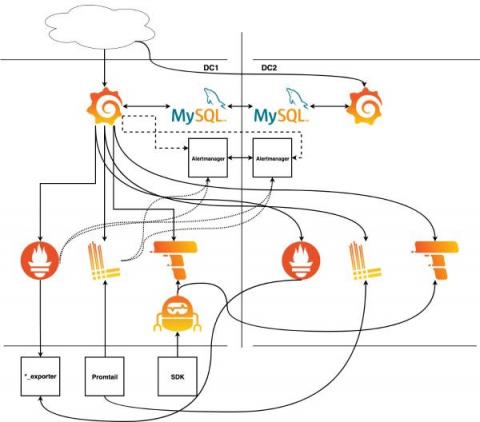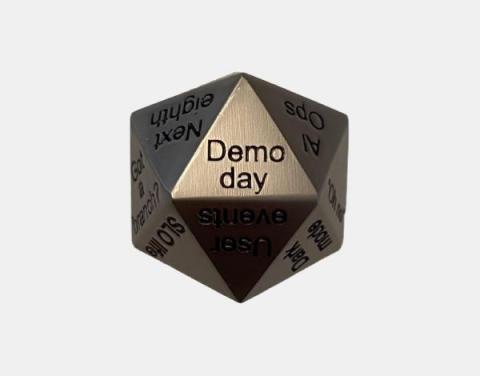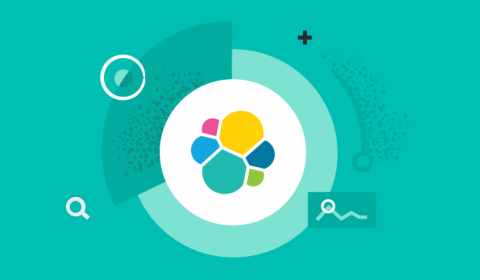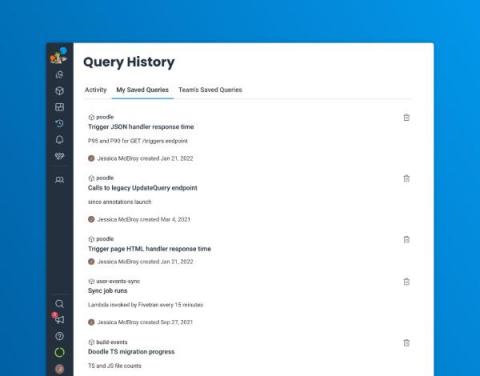Don't run AWS without monitoring it with Elastic Observability
In 2022, it’s hard to find places in the business and technology ecosystem where performance is not measured, where lots of data is not collected and where insights are not analyzed to improve operational and business performance and trace accountability.










